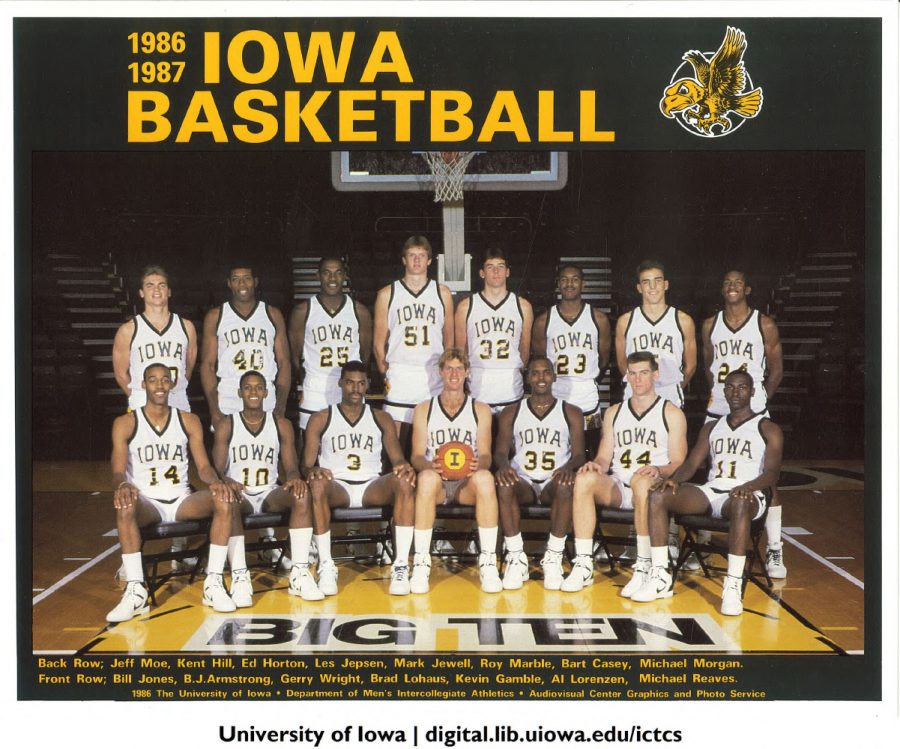As our society continues to become busier, we must take the time to prioritize our physical and mental health. Exercise can be an amazing outlet to address all aspects of wellness. Unfortunately, one of the downsides of any physical activity is the increased risk of injury. In this article, we will be discussing tears of the anterior cruciate ligament, or ACL, in particular, which athletes are commonly affected by and what you can do to prevent this injury.
What is the ACL, and how does it get injured?
The ACL is a ligament located in the knee that connects the femur, or thigh bone, to the tibia, one of the shin bones.
Its function is to stabilize the knee, particularly during movements that require quick changes of direction.
Female athletes are four to eight times more likely to tear their ACL in comparison to male athletes. Male athletes commonly tear their ACLs through contact injuries, such as being tackled in football. Female athletes, on the other hand, will often tear their ACLs through pivoting or quick direction changes, such as when playing basketball or soccer.
How do you prevent ACL injuries?
There are several ways that athletes can decrease their risk of ACL injury. These include correcting preexisting strength imbalances, increasing strength in the hamstring muscles, and establishing strong abdominal muscles.
Athletes can correct their strength imbalances by incorporating single-leg strength training work, such as single-leg squats, Bulgarian split squats, lunges, and single-leg glute bridges. The use of free weights, like barbells or dumbbells, as opposed to machines can also help with reducing imbalances because they are more difficult for the body to compensate for the weaker side. Athletes should also include post-workout stretching. Focusing on the most heavily used muscles can do wonders in preventing further muscle imbalances, as long as the muscles are stretched for an equal amount of time on each side.
In addition, the hamstring muscles stabilize the knee during movements that require landing from a jump, cutting, or pivoting. Therefore, having strong hamstrings can help decrease the strain on impact to your ACLs, thereby decreasing the risk of injury. Subsequently, females tend to be more “quad dominant.” Therefore, incorporating strength training specific to the hamstring muscles can help balance out the stronger quadricep muscles. Ideas for hamstring-specific exercises include glute bridges, deadlifts, hamstring curls, and even squats.
Lastly, a strong core is the foundation of an overall healthy athlete and is key to preventing injury in the first place. A strong core can help absorb the impact of movements like running and jumping and put less strain on an athlete’s knees. However, when training the core, the focus should be on functional movements, like planks, rather than doing endless crunches for the “six-pack” abs.
Anyone participating in exercise is at risk for injury. It is important that all athletes, regardless of skill level, pay special attention to proper strength training form and correct their muscle strength imbalances to continue to live a healthy life.







